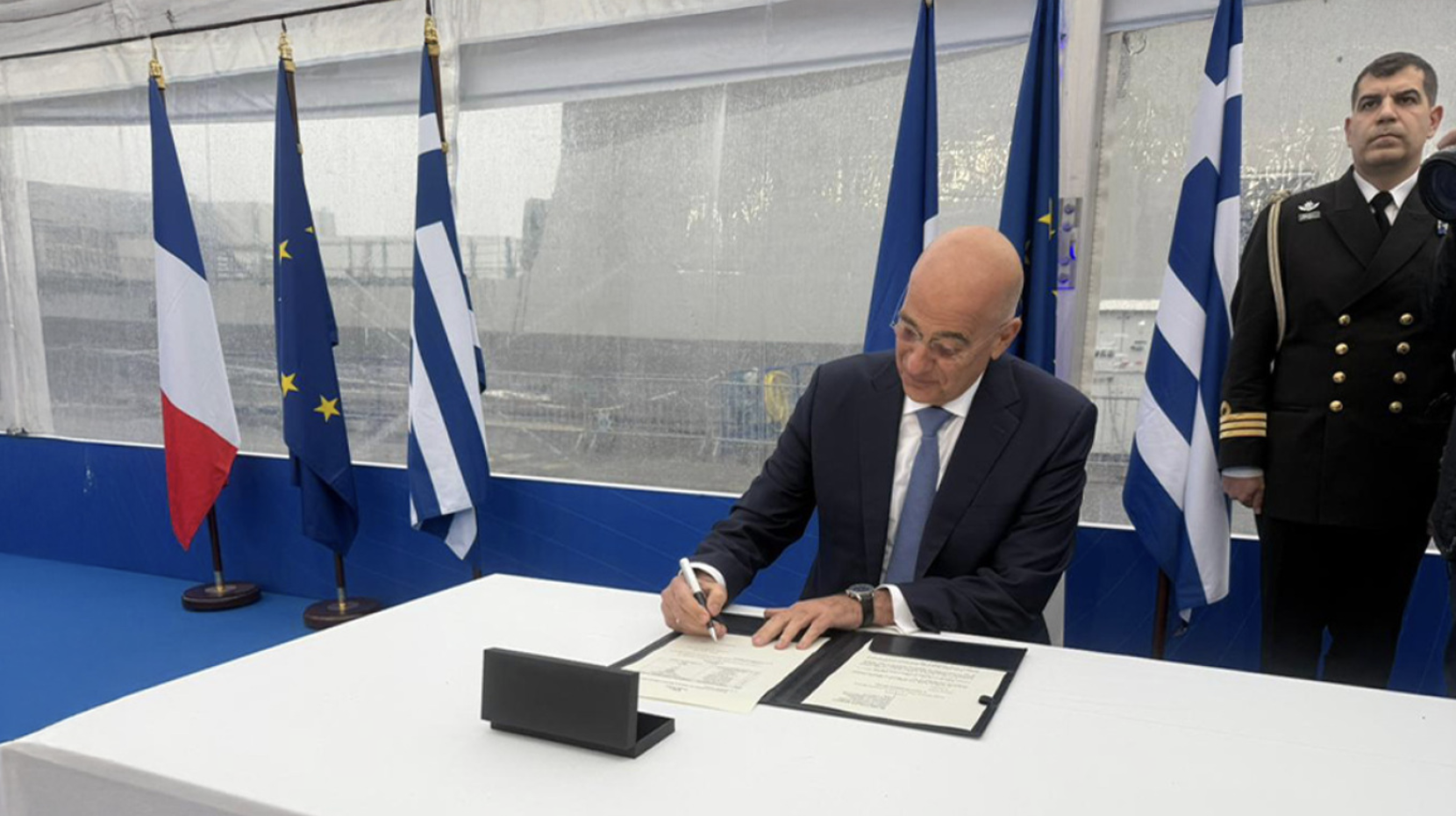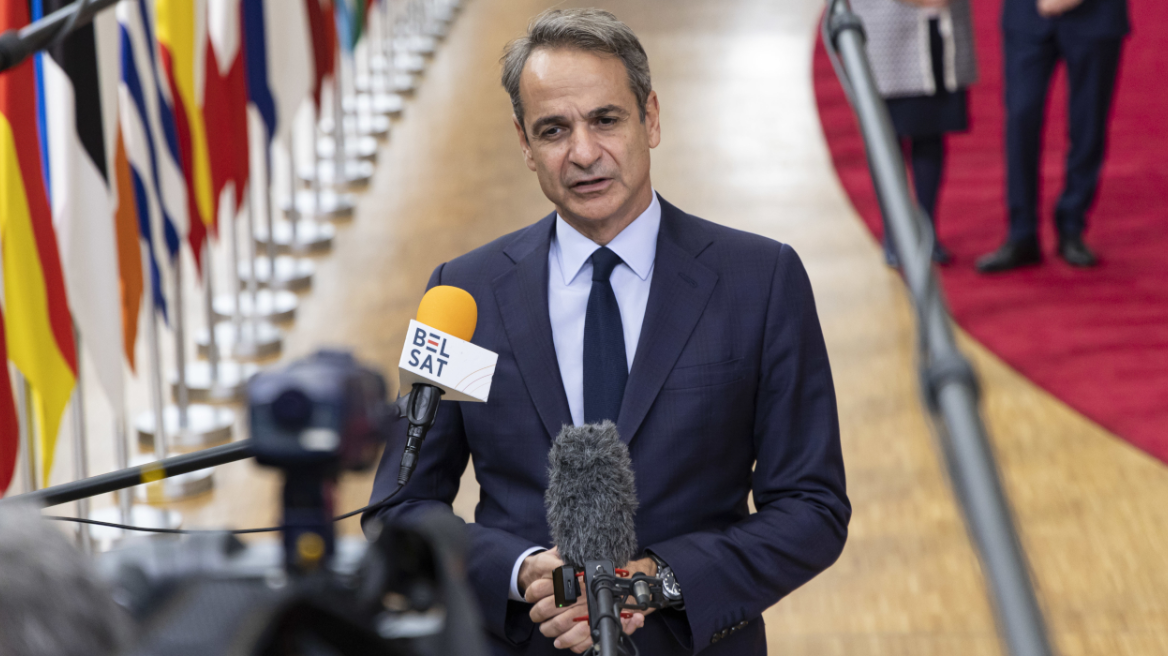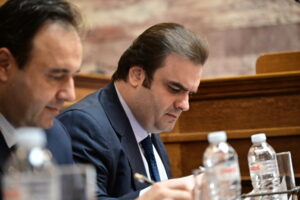The world’s first winged commercial spaceplane has arrived at NASA’s Kennedy Space Center in Florida, its final destination before its first mission to the International Space Station (ISS) later this year.
Following rigorous testing at Ohio’s Neil Armstrong Test Facility, the Dream Chaser DC-101 spaceplane named Tenacity got the green light to commence final pre-launch preparations, such as finishing its thermal protection system and payload integration, before it hitches a ride on a United Launch Alliance (ULA) Vulcan rocket to deliver 7,800 pounds (3,540 kg) of food, water and science experiments to the ISS.
It’s been a long road for Tenacity and its makers, Sierra Nevada Corporation (SNC) (with the project now under the independent arm, Sierra Space). The Dream Chaser has been in development since its announcement in September 2004, and was initially set to be part of NASA’s Commercial Crew program, shuttling astronauts to the ISS and back. However, it was usurped by Boeing and SpaceX in 2014, with the two companies awarded Commercial Crew Transportation Capability (CCtCap) contracts worth a combined US$6.8 billion. SNC failed in a challenge to this, and at the time the Dream Chaser seemed more like Dream Dashed.
Shocking video of women held hostage by Hamas – “These are the ones who can get pregnant” (video)
However, the Dream Chaser quickly came back into NASA’s focus and in 2016 a more compact, uncrewed spaceplane was picked up by the space agency to become the first of its kind to carry vital cargo to the ISS – as well as bring critical cargo back to Earth. A good move by NASA, too; Boeing’s Starliner – which won the company that 2014 CCtCap contract – has been plagued by problems and delays, and is still yet to complete a crewed launch. (After delays, a rescheduled launch is planned for Saturday, May 25.)
Continue here: New Atlas
Ask me anything
Explore related questions





